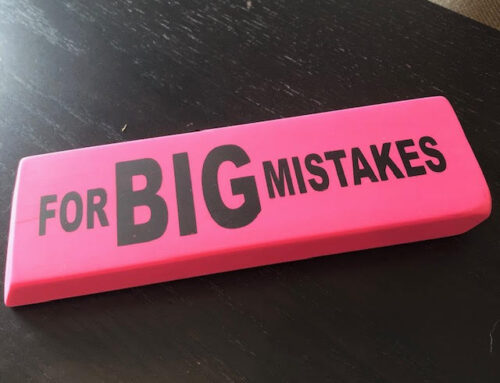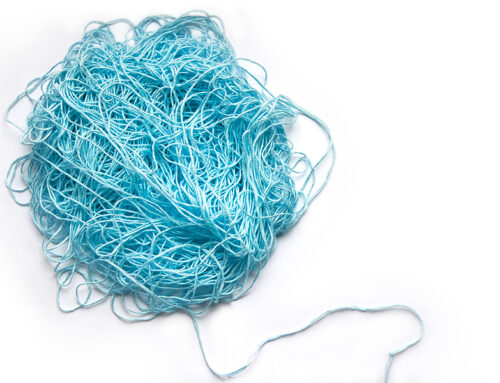There is an epidemic of too much stuff in North American homes. A University of California study recently reported 75 percent of garages could not be used to store cars because they were too packed with stuff.
The study also revealed the amount of stuff in our home is directly correlated to:
- Higher consumption of convenience food
- Less time spent outside
- Fewer family dinners
- Higher stress levels
We feel stuff is a privilege but in reality, too much stuff weighs us down.
Having too much stuff impacts our most precious resources:
Time – We waste time searching for the things we need and spend too much time organizing an excessive number of things.
Money – Clutter costs us when gift cards are misplaced, we have to repurchase lost items or when an item looses it’s value because we have held onto it for too long.
In this age of excess, many of us could be more ruthless when it comes to purging the items in our homes and offices. What gets in the way of purging? Emotional attachment, lack of time and procrastination are among the most common reasons we hold onto too many things.
Why are we so attached to our stuff?

Sometimes we associate personal attachments to inanimate objects. The not-so-terrific painting may remind us of a loved one and the worn-out leather jacket may remind us of the “good ol’ days.” The problem ensues when these emotional attachments are stuffed into overflowing boxes in our basement. This may be a sign it is time to let go.
How do we break emotional attachments?
We need to ask ourselves a series of questions in order to help break emotional attachments:
Do you need the whole collection?
If you have twenty of Grandma’s Royal Doulton figurines in your basement, ask yourself if keeping your three favourite figures would invoke the same warm memories. If so, it is time to find good homes for the other figurines and display the ones you love. After all, the box in the back of the basement is not really honouring Grandma.
When did you last use it?
If the answer is “over a year ago”, chances are, you may never use that item again and it is time to get rid of it. Don’t make deferred decision and face the same decision next year.
Tip: At the beginning of each year, turn all of the hangers in your closet backwards. As you wear your clothes, put them into the closet the right way round. Any clothes that are still backwards at the end of the year, can likely go.
How much do you like the item?
Ask yourself whether you consider the item to be a friend, an acquaintance or a stranger. If it is a friend, it is an item you really love and it can afford the real estate in your home. If it is an acquaintance, it is an item you have used before but don’t have any particular attachment to. It can afford a lower real estate area in your home or maybe you can let it go completely. If it is a stranger, simply get rid of the item.
Tip: This is an especially useful technique for helping children purge items.
Is it beautiful or useful?
Everything is your home should be either useful or beautiful and ideally a combination of both. The stapler is useful, the vase in the dining room is beautiful, the walnut framed mirror you look at on your way out the front door, is both. If an item is neither beautiful or useful, it shouldn’t occupy your time or the space in your home.
Would a picture save the memory?
I would rather have 1000 files on my computer than one bin of stuff in the basement. Ask yourself if taking a picture of an item will save the memory associated with it? If so, snap that picture and find a new home (outside of your home) for the physical item. Digital photos are a great replacement for a bursting “ideas” folder, recipes, receipts and more.
Tip: Photos are also a great way to preserve children’s artwork.
Please see: Have Kids? Tips for Getting Summer Off to an Organized Start
Does it have value?
Sometimes it is easier to say goodbye to an item if you know you will have some money in your pocket instead. If the item has value now, try to sell it before it becomes damaged or outdated and looses its value.
Could it be used by someone else?
Sometimes it is easier to get rid of an item if you know it is going to a good home or will not end up in a landfill site.
If you are ready to purge, our team has compiled this list to help you identify new homes for your previously loved items. If you don’t see organizations that serve your neighbourhood, we encourage you to search for similar local options.
We hope you found this list of questions inspiring. Have you recently purged your home or office? Was there a spillover effect between work and home? We’d love to hear about it. Please share your experiences on our Facebook page.
Related Article:
For tips on how to make time for organization and nip procrastination see Five Steps to Tackling Scary Projects at Home








Leave A Comment